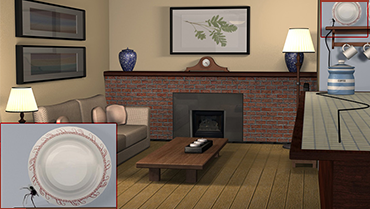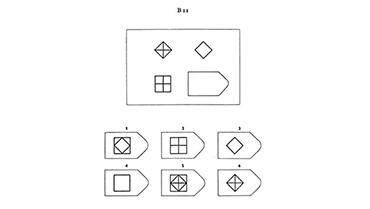BounceMainia E.V.O.L.U.T.I.O.N
Technologies Used: Adobe Flash, Biopac
This project involved testing smokers and non-smokers using a stress inducing task to determine whether there was a correlation between stress and wanting to smoke.
The stress task was agreed to be a game which involved moving a bouncing disc around levels, collecting green tokens with ever increasing difficulty. If the disc hit a red square then it would explode and the level would reset. The participant had 1 minute to get through as many levels as possible. The game was designed and coded by us, using the Adobe Suite (Flash for programming, Illustrator for graphics).
Whilst playing the game, participants were wired up to the Biopac system, which measured their GSR and pulse rate. These measures, along with the score of the player were used to determine the relative stress levels compared to their baseline reading. They were also asked to complete questionnaires asking them about their desire to smoke before and after the task.


